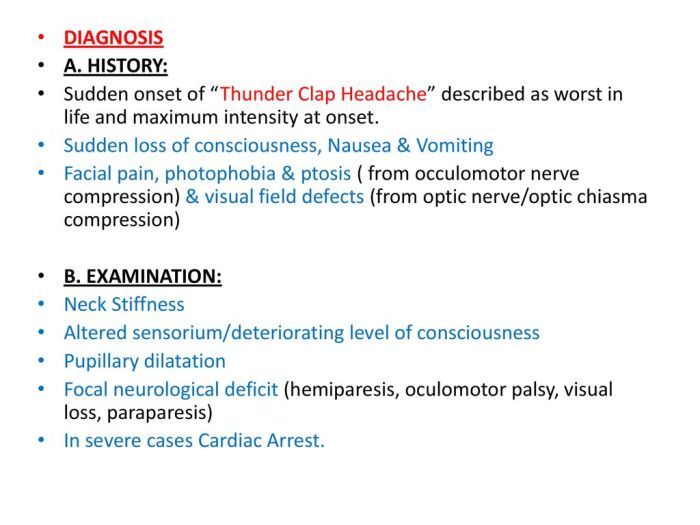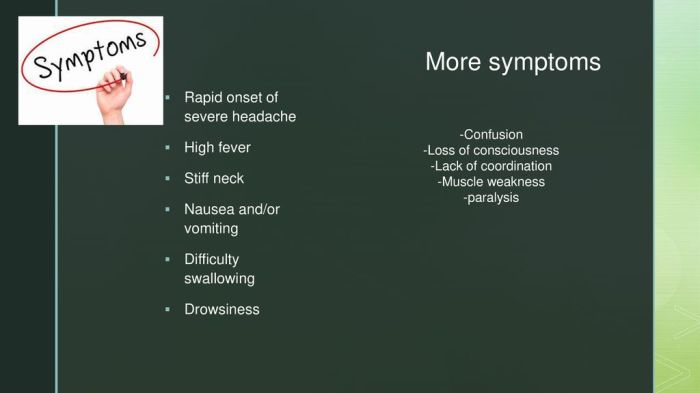Select all that are true of a vascular spasm. Vascular spasms are sudden constrictions of blood vessels that can cause a variety of symptoms, including pain, numbness, and weakness. They can occur in any part of the body, but are most common in the arteries that supply blood to the brain, heart, and kidneys.
Vascular spasms can be caused by a variety of factors, including smoking, high blood pressure, and certain medications.
In this article, we will discuss the causes, symptoms, and treatment of vascular spasms. We will also provide tips on how to prevent these spasms from occurring.
Definition of Vascular Spasm

A vascular spasm is a sudden, involuntary constriction of blood vessels. It occurs when the muscles surrounding the blood vessels contract, causing a reduction in blood flow to the affected area. Vascular spasms can affect arteries, veins, or capillaries.
The underlying causes of vascular spasms are not fully understood, but they are often associated with certain medical conditions, medications, or external stimuli. Some of the common triggers include:
- Headache disorders (e.g., migraines)
- Raynaud’s disease
- Cold exposure
- Emotional stress
- Certain medications (e.g., ergotamines, triptans)
Characteristics of Vascular Spasm

Vascular spasms can manifest in a variety of ways, depending on the location and severity of the constriction. Common symptoms include:
- Pain
- Numbness
- Tingling
- Muscle weakness
- Skin discoloration (e.g., paleness, redness)
- Headache
Vascular spasms can occur in different parts of the body, including:
- Head and neck (e.g., migraines)
- Hands and feet (e.g., Raynaud’s disease)
- Heart (e.g., coronary artery spasm)
- Brain (e.g., cerebral vasospasm)
Types of Vascular Spasm: Select All That Are True Of A Vascular Spasm.

There are several types of vascular spasms, each with its own underlying mechanisms and clinical significance:
- Coronary artery spasm:Constriction of the coronary arteries, which supply blood to the heart. It can lead to chest pain (angina) or heart attack.
- Cerebral vasospasm:Constriction of the arteries in the brain. It can occur after a subarachnoid hemorrhage and can lead to ischemic stroke.
- Raynaud’s phenomenon:Vasospasm of the arteries in the fingers and toes, often triggered by cold exposure. It can lead to numbness, pain, and skin discoloration.
- Migraine headache:Vasospasm of the arteries in the head. It is a common cause of severe, throbbing headaches.
Consequences of Vascular Spasm
Vascular spasms can have serious consequences, depending on the location and severity of the constriction. Potential complications include:
- Organ damage (e.g., heart attack, stroke, kidney failure)
- Limb loss (e.g., in severe cases of Raynaud’s disease)
- Chronic pain
- Disability
Diagnosis and Treatment of Vascular Spasm
The diagnosis of vascular spasm is based on the patient’s symptoms and a physical examination. Imaging tests, such as angiography or magnetic resonance imaging (MRI), may be used to confirm the diagnosis and assess the extent of the constriction.
Treatment options for vascular spasms depend on the underlying cause and severity of the condition. Common treatments include:
- Medications:Vasodilators, such as nitrates or calcium channel blockers, can help relax the blood vessels and improve blood flow.
- Lifestyle modifications:Avoiding triggers (e.g., cold exposure, emotional stress) can help prevent vascular spasms.
- Surgery:In severe cases, surgery may be necessary to bypass the constricted blood vessels.
FAQ
What are the symptoms of a vascular spasm?
The symptoms of a vascular spasm can vary depending on the location of the spasm. Common symptoms include pain, numbness, and weakness. In some cases, a vascular spasm can also cause dizziness, fainting, or even a stroke.
What are the causes of vascular spasms?
Vascular spasms can be caused by a variety of factors, including smoking, high blood pressure, and certain medications. In some cases, vascular spasms can also be caused by underlying medical conditions, such as atherosclerosis or diabetes.
How are vascular spasms treated?
The treatment for vascular spasms depends on the underlying cause. In some cases, treatment may involve medication to relax the blood vessels. In other cases, surgery may be necessary to remove a blockage or repair a damaged blood vessel.